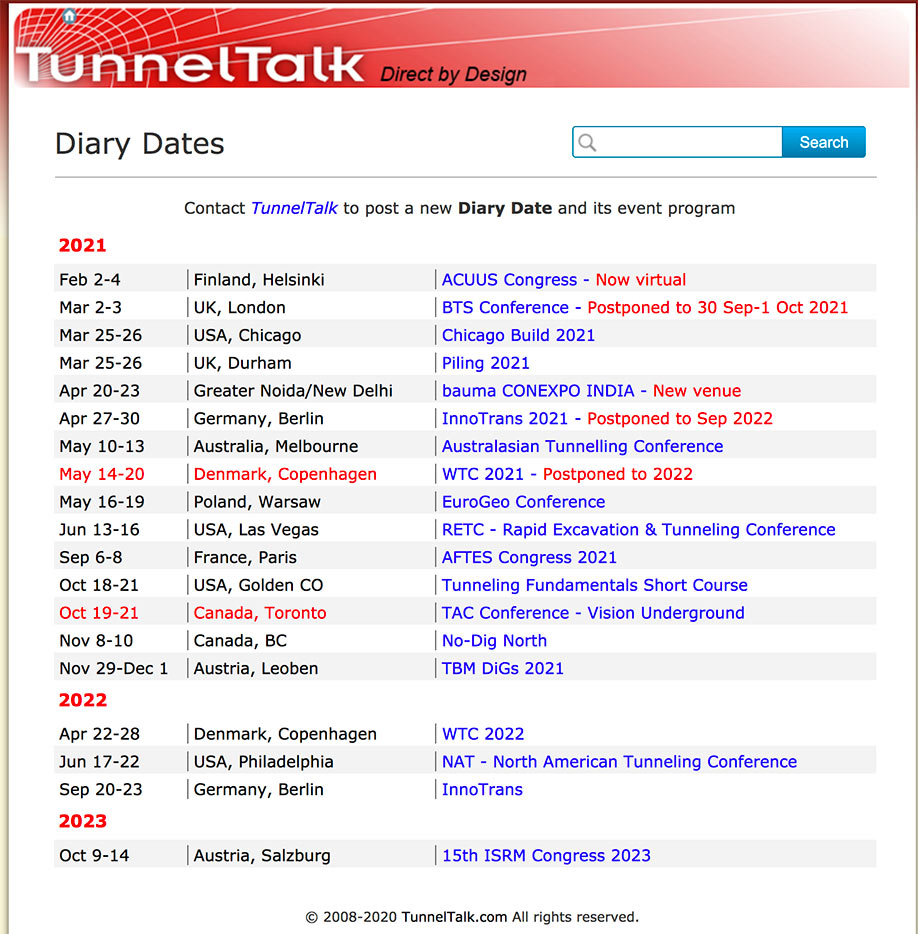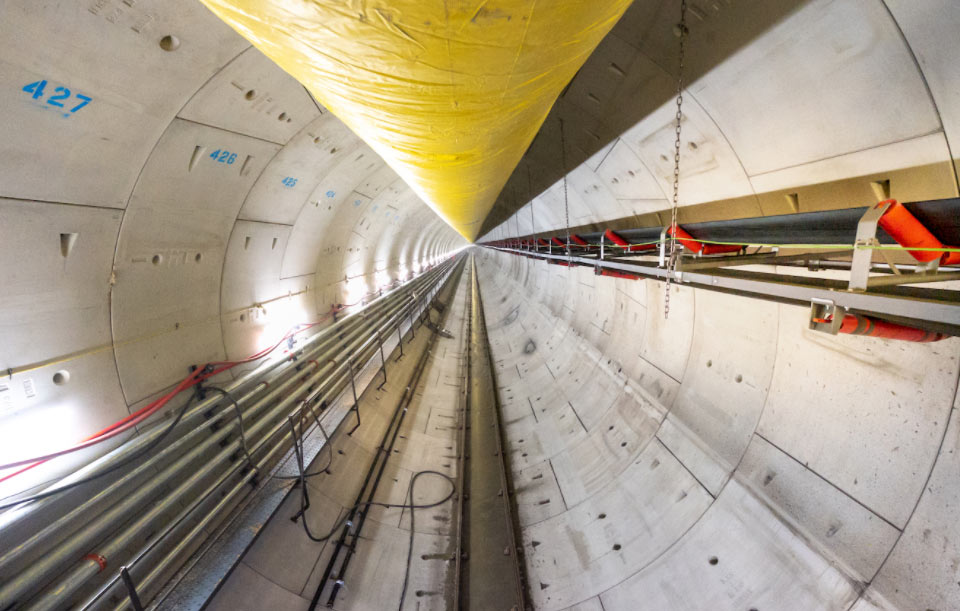A grim 2020 that will not be forgotten 31 Dec 2020
There is only one story in 2020 and that is Covid-19. There is no country, no inhabited island, no continent spared the spread of the infection, with the first case recorded recently at a scientific station on Antarctica. The prospect of a highly contagious global pandemic is the warning of movies and fiction. Who would have predicted that the reality would come and that the reactions across the globe would be so diverse and disjointed.

Tracking data of the pandemic spread for the 14 days of 16-29 Dec 2020 82,282,392 cases worldwide and 1,796,768 deaths
It was the start of 2020 that saw the new coronavirus strain spread quickly, testing the political systems of all nations as well as the social and economic fabric of the world. With widespread Covid testing a late arrival in many nations and with effective track and tracing the spread in disarray in many, the hope rests with the rapid development, approval, production and roll-out of vaccines.
For the underground construction industry, projects across the world have all, without exception, had to cope with the imposed pandemic-control lockdowns and regulations. Social distancing, occupational health restrictions and supply chain disruptions have caused inevitable production and progress slow downs and cost increases. Nonetheless, projects have continued and that is a credit to the managers and teams of workers who have carried on.
Some construction companies have taken matters into their own hands to manage testing and isolation strategies. In Malaysia, as an example, the MCC-Gamuda JV working on construction of the Putrajaya Line 2 of the Klang Valley MRT project in Kuala Lumpur, has established its own Covid-19 testing laboratory for its workers. It is a laboratory established within weeks to conduct its own polymerase chain reaction (PCR) test for the infection and in response to two constructions sites being closed down by the government after hundreds of workers came down with the virus. The JV has a workforce of some 20,000 personnel at all levels, including 7,000 labourers working across the 50km alignment of Line 2.
According to a report in the The Star newspaper on 30 November, it was in response to the stress of external PCR tests taking up to three days to present the results, with everyone isolating in the meantime, that the in-house laboratory was set up to provide results within three hours. Perhaps other large construction project operations around the world have also established their own coronavirus testing laboratory but the expectation is few.
The other global reality has been the work from home where possible regulations. While these have been understood and managed through a surge in the development and improvement of online video and group meeting systems, the impact on empty city centre offices has been devastating for all the support services including the commuter trains, metros and buses. A report in The Economist magazine in September reported that ridership of the Subway in New York City had fallen by 75% compared with typical daily ridership during 2019, with the agency losing $200 million/week due to lost fare, toll and subsidy revenues. Subway and bus services were reduced by 40%, long promised capital projects have been delayed or suspended and up to 8,400 agency workers are likely to lose their jobs. The reality is shared by public transport agencies in other major capital cities hit hard by the pandemic.
A consensus of opinion is that, even if it were possible, a return to normal will be different. The need for 9am-5pm commuting to a central office five days a week has proven to be unnecessary and the need for international travel for business meetings and conferences is equally considered expendable by the managers of many companies. The shutdown and much reduced level of air travel and highway traffic is a welcome reprieve for air quality and the natural environment. Exactly how the world will be shaped in the future, and as a direct result of the 2020 pandemic reality, is now the focus for visionary civil and social engineers.
In the shorter term, the task is to shape a social and economic recovery. While billions, even trillions, have been spent on supporting businesses and workers through loans and furlough payments and the growing numbers of unemployed, what many agree is needed, is an infrastructure construction led recovery similar to the New Deal programme of public works projects spearheaded by President Franklin Roosevelt in the USA in the 1930s to recover from the Great Depression that started in 1928. Such a programme provides wages rather than handouts and leaves something worthy and tangible as a legacy. An interesting point in The Economist report is that where Covid-19 caused a reduction in ridership of 75%, during the Great Depression, the fall was 12% in the years 1929 to 1933.

Advocating for seamless roll on from end of one project to start of the next
There are differences with the current crisis and the unemployment it is generating, but a common denominator is the shortfall in national resilience preparedness. Chief among them is a lack of investment in education and vocational training. Training and retraining of those who have lost jobs across the globe will not be a short redress and while this is recognised, there are other aspects of this current crisis to consider.
There is the question of money to lead a construction investment recovery. So many nations have expended huge financial capacity to address the consequences of the pandemic, and compounding already high national borrowings, taking advantage of historically low interest rates. As an example, Chancellor of the Exchequer for the UK, as one of the global G7 nations, announced in November that the UK will borrow £394 billion in the year 2020, 19% or one fifth of the nation’s GDP (gross domestic product) and the highest even in peace time. Borrowings will continue to be high through the coming recovery years with underlying debt for the nation equalling 97.57% of GDP by 2025/2026. This is in addition to the future financial uncertainty of the UK fully outside the European Union, as of 1 January 2021, and standing alone on the international stage.
There are also the political decisions needed to approve major infrastructure projects that could be part of a Covid New Deal recovery. As so often happens, start of so-called shovel-ready projects are delayed, postponed or cancelled at the last minute for political or financial reasons. Only rarely has the end of one project rolled seamlessly onto a subsequent capital investment. There are examples where this can happen including in Singapore and Hong Kong where building out of metro systems is an ongoing government-supported strategy with Singapore making the added commitment that its metro extensions will all be underground, including under brownfield sites, to preserve its surface space that has a value which it values. There are examples in China where investment in high speed railways, highways, urban traffic links and metro systems never end, with established teams moving from one project to the next.
One of the best examples of seamless rollover has been in Malaysia where the MMC-Gamuda JV began construction of the Klang Valley MRT Line 2 in Kuala Lumpur soon after completing Line 1, ensuring redeployment of eight of the Line 1 TBMs and other equipment inventories onto Line 2 along with the all the trained and experienced workers, engineers and staff. The same rollover is being recommended from Line 2 to Line 3 without the disruptive demobilisation of equipment and teams that so often takes place at the end of one project and the start of the next.
In the UK, existing projects including the Tideway CSO project in London and the Highspeed 2 connection between London and Birmingham, will continue and there is Government commitment to progress new projects into construction, including the Lower Thames and Silvertown highway crossing under the Thames in London and Stonehenge highway tunnel project in southern England. Design and procurement preparations for other industry projects, including Crossrail 2 in London and the underground rail link between Reading and Heathrow Airport, are suspended.
All countries are grappling with the balance between investing to sustain the economy and being as prudent as can be possible with national budgets and future generation taxations to pay for current unprecedented borrowings, and some have brought forward major projects to support a Covid-19 recovery. In Australia as an example, the Suburban Rail Loop project in Melbourne and major new road and rail projects in Sydney are being promoted as vital aspects of planned economic recoveries in the aftermath of the grim consequences of 2020.
A final consideration for the industry and capital investment strategies is the type of infrastructure to invest in. It is the mega transportation projects that are the highest percentage engagement of underground design and construction expertise but will such transport infrastructure projects be needed to the same degree in a post Covid-19 world. Many who view the immediate future as a glass half full, rather than half empty, predict that city centres will recover and ridership of public transport and highway networks will bounce back with perhaps a 20% overall reduction as a result of altered working, travelling and trading environments.
Under that prediction will there be the same pressure as pre-Covid-19 times invest in urban, national and international fixed transportation links is the question. If the answer is yes, then happy days will be here again. If the answer is no, replacement activity and new business streams will need to be found. Perhaps the other major crisis facing the globe – that is global climate change – will provide the answer with much increased investment in flood alleviation projects, hydro and nuclear power stations for cleaner, greener energy production, urgent advance of underground projects to manage the urgent issue of nuclear waste management, further projects to replace electricity cables underground rather than on pylons, and a greater, much greater emphasis on the building of water supply and waste water management systems so desperately needed in the mega conurbations and cities of the developed as well as developing and under-developed nations of the world.
To end an otherwise gloomy end of year review with a ray of positiveness, it is without doubt the underground dimension that will remain a necessary aspect of human society development, extending also to creating a habitation base on the moon! As we in the industry have always known, there is light in the tunnel as well as at its end.
References
- Optimism for events into 2021 and beyond – TunnelTalk, October 2020
- Kuala Lumpur plans for metro line three – TunnelTalk, November 2020
- Melbourne progresses Rail Loop early works – TunnelTalk, December 2020
- Sydney progresses Western Harbour and Beaches Link – TunnelTalk, December 2020
- Underground excavation wish list – TunnelTalk, January 2020
- TBMs designed for excavations on the moon – TunnelTalk, June 2019
|
|
|
|
|
Add your comment
- Thank you for taking the time to share your thoughts and comments. You share in the wider tunnelling community, so please keep your comments smart and civil. Don't attack other readers personally, and keep your language professional.





